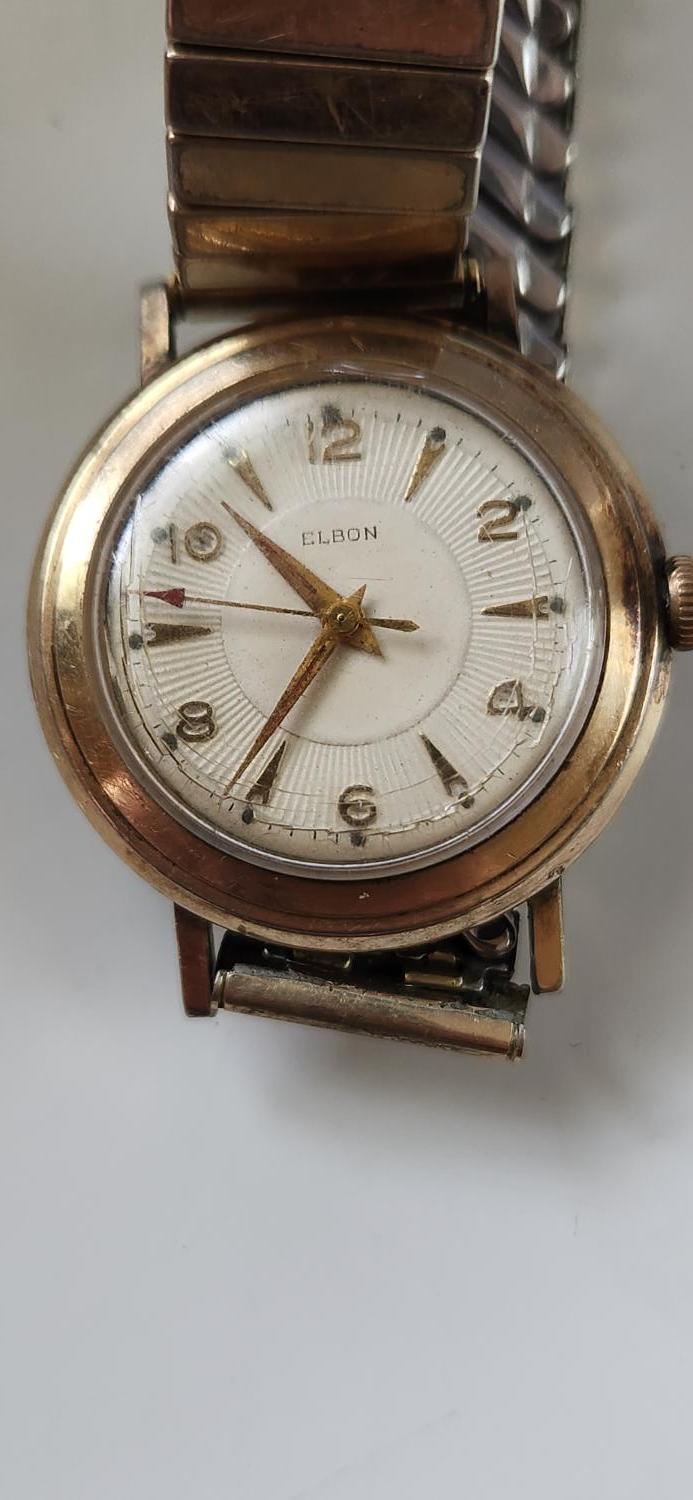-
Recently Browsing
- No registered users viewing this page.
-
Topics
-
Posts
-
By Neverenoughwatches · Posted
Thats the same artical i read Mark, suggesting that 2 models were registered in 1918 and marked as Rebberg Dèposè on the movementa these two are usually known as the Aegler Rebberg. A little misleading but yes seems like there were more Rebberg calibers. https://www.vintagewatchstraps.com/aegler.php#:~:text=The word Rebberg%2C the German,the Swiss register of trademarks. -
By Neverenoughwatches · Posted
Thats interesting Mark, from something i read six months ago there were only two actual Rebberg labled movements. I have one if them in my stash, I'll dig it out later today. Inspired me to research some more now. -
This is not rare at all, the dial code and case code don't usually match.






Recommended Posts
Join the conversation
You can post now and register later. If you have an account, sign in now to post with your account.
Note: Your post will require moderator approval before it will be visible.